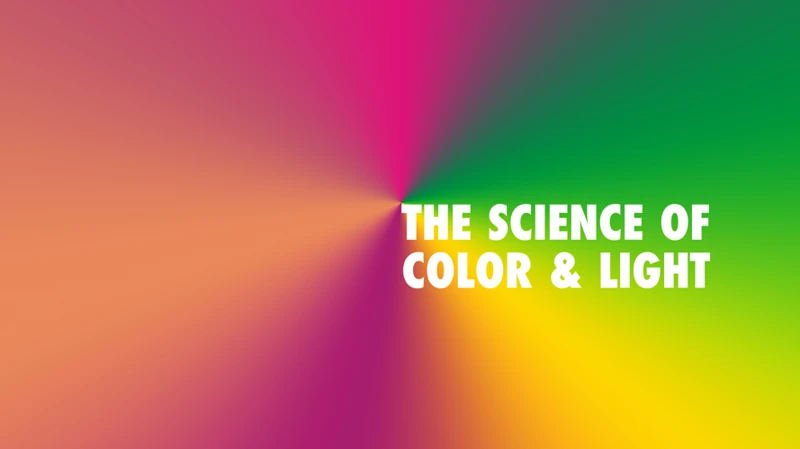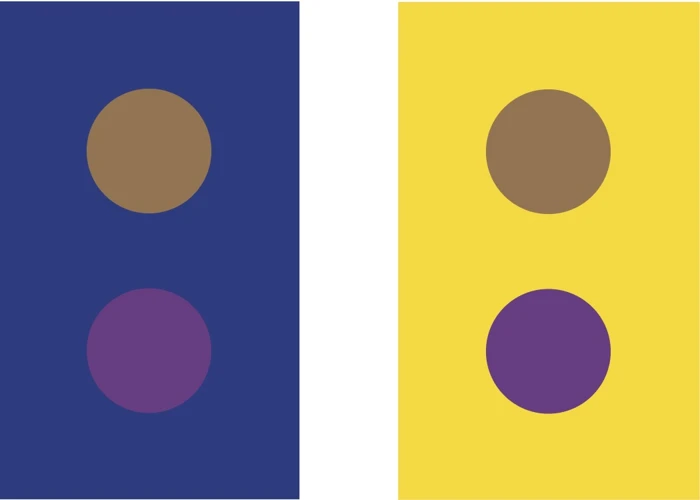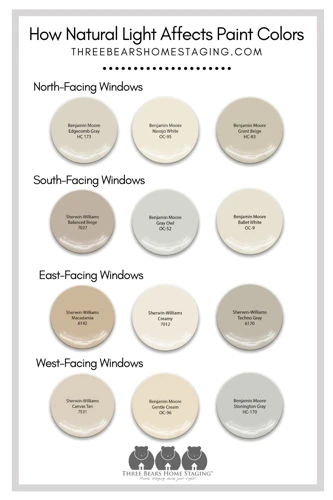When artists pick up their brushes to create a masterpiece, they dive into a world where lighting in painting plays a pivotal role. The interplay of light and shade can transform a two-dimensional canvas into a scene brimming with life and depth. Lighting does more than illuminate; it sets the mood, defines form, and even dictates the time of day in a work of art.
Effects of Light on Color
The effects of light on color are profound and manifold. Light sources can alter the way we perceive hues, with warm light bringing out the vibrancy in colors, while cool light can cast a subdued, calming effect. Understanding this concept is critical for artists who aim to evoke certain emotions through their color choices and compositions.
- Warm light intensifies reds and oranges, infusing energy.
- Cool light enhances blues and greens, imparting tranquility.
Art Lighting Techniques
Mastering art lighting techniques is essential for painters looking to create realistic or atmospherically charged pieces. Techniques such as chiaroscuro, used by the likes of Caravaggio, manipulate stark contrasts to guide the viewer’s eye. On the other hand, the impressionists played with natural light to capture the fleeting qualities of the landscape before them.
Color Theory in Art
The palette of an artist is as complex as it is colorful. Color theory serves as the backbone of painting, helping artists to compose and communicate effectively through their work. Grasping the relationships between colors and understanding their psychological impact is what turns a good painting into a great one.
Color Psychology in Art
Color psychology in art delves into how hues affect the viewer’s emotions and interpretations. Colors are not just visual elements; they evoke responses deep within us. Red, for instance, can signify passion or danger, while blue might invoke feelings of calm or sadness. Artists use this understanding to steer the emotional journey of those who gaze upon their work.
Color Mixing for Painters
For those wielding the brush, color mixing for painters is a crucial skill. It’s the art of blending pigments to achieve the desired hue, a task that requires both intuition and knowledge. By combining primary colors, artists can journey through the spectrum, creating secondary and tertiary colors that offer infinite possibilities for expression.
Paint Color Schemes
Creating a visually appealing composition often starts with selecting the right paint color schemes. This choice can define the entire atmosphere of a painting, guiding the viewer’s emotional response and tying together the elements within the artwork.
Choosing Paint Colors
The process of choosing paint colors can be both exhilarating and daunting. Artists often begin with a base color and build their palette around it, considering complementary, analogous, or triadic color schemes to create balance and visual interest. Selecting the right colors is a blend of science and personal aesthetic, a decision that can make or break a painting.
Creating Harmony with Color
Color harmony is the visual symphony that pleases the eye. Artists create this harmony by understanding the color wheel and the relationships within it. The key is to balance the colors so that they complement each other, rather than compete for attention. Harmony can be achieved through various schemes – monochromatic, analogous, or complementary – each providing a different visual experience.
Painting Light and Shadow
The depiction of painting light and shadow is what gives a painting its sense of reality and form. Light models the subjects, giving them volume, while shadows describe their shape and position in space. The dance between light and darkness is what breathes life into the strokes of paint.
Understanding Shadows in Painting
Understanding shadows in painting is about recognizing their value in adding dimension and drama. Shadows are not merely the absence of light; they carry color and depth and are as important as the lighted areas. They tell a story of their own, revealing the direction and intensity of light sources within the scene.
When it comes to home decor, understanding the interplay between lighting and paint colors is crucial for creating your desired ambiance. If you’re looking to brighten up your space, you might want to explore our article on light paint colors and their transformative power. Additionally, achieving harmony in your home’s design can be greatly influenced by how you match paint colors with your furniture. Dive into these resources to make informed decisions that will enhance the beauty and comfort of your living environment.
Techniques for Painting Light Effects
Bringing a luminous quality to a painting requires skill in various techniques for painting light effects. Artists can employ glazing to add a glow, or scumbling to create a sense of diffused light. The mastery of these techniques allows painters to depict the subtle nuances of daylight, the softness of twilight, or the harshness of a spotlight with authenticity.
In conclusion, the interplay of lighting and color in paint is a complex dance that artists must master to bring their visions to life. By understanding how light affects color, employing various lighting techniques, delving into color theory, choosing harmonious color schemes, and effectively rendering light and shadow, artists can create paintings that are not just visually stunning but emotionally resonant as well. The canvas becomes a window to their world, where every brushstroke tells a story, every hue sings a song, and every shadow holds a secret.


